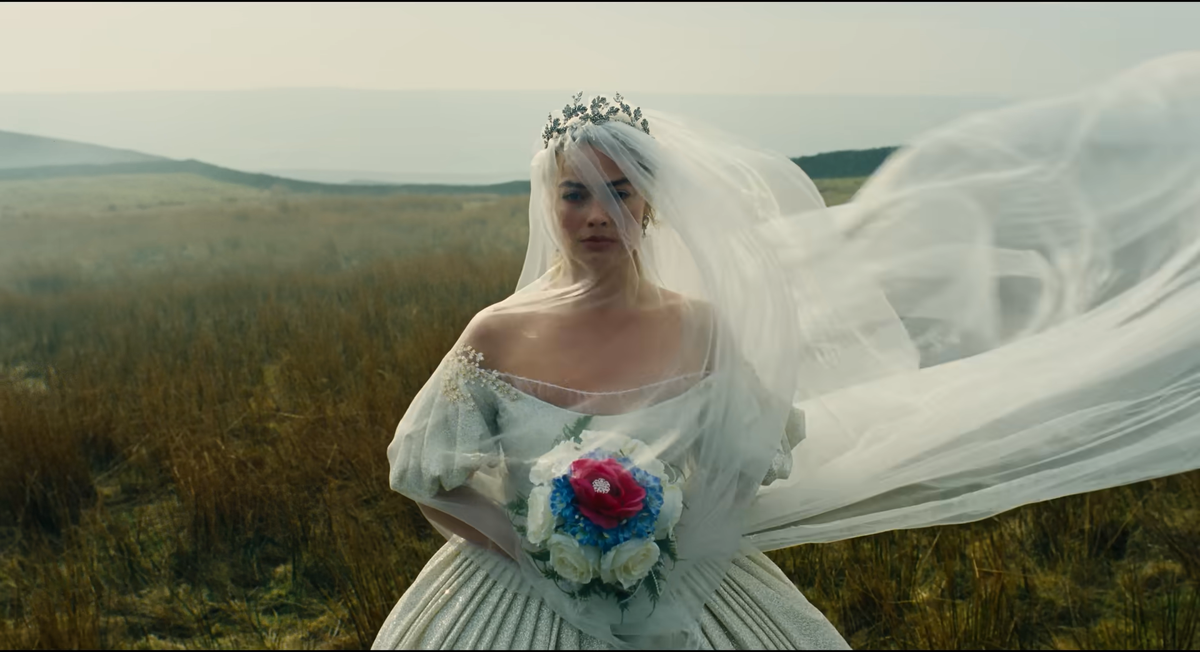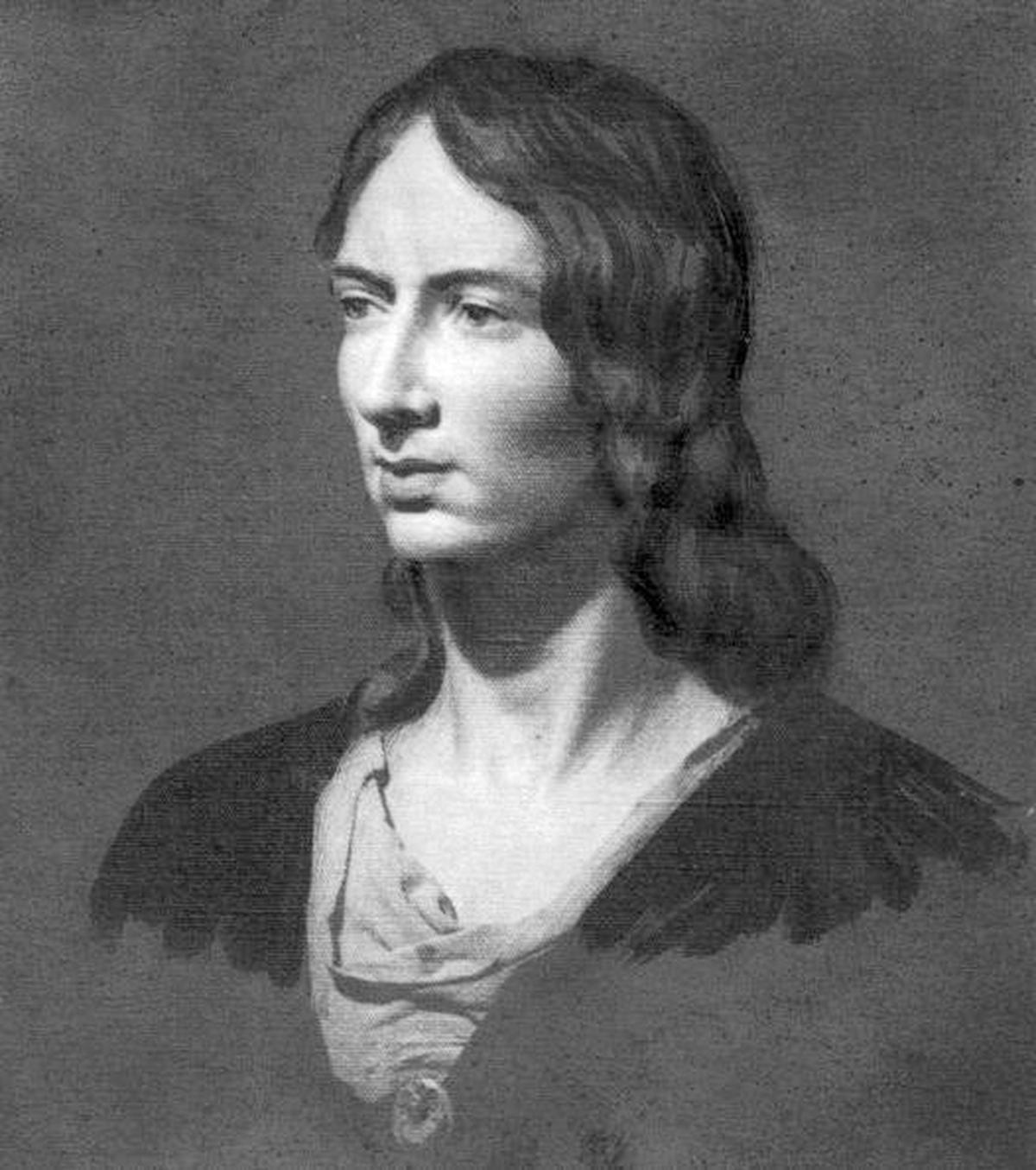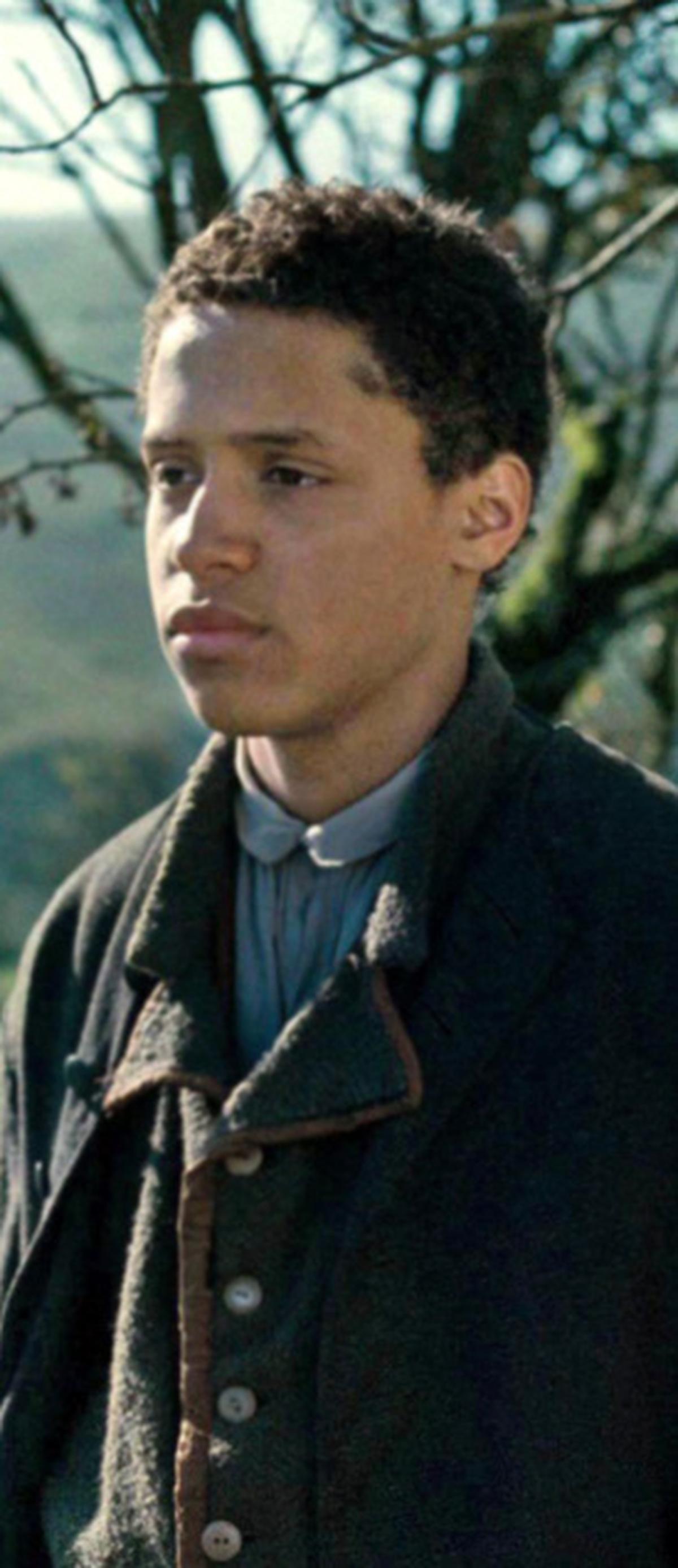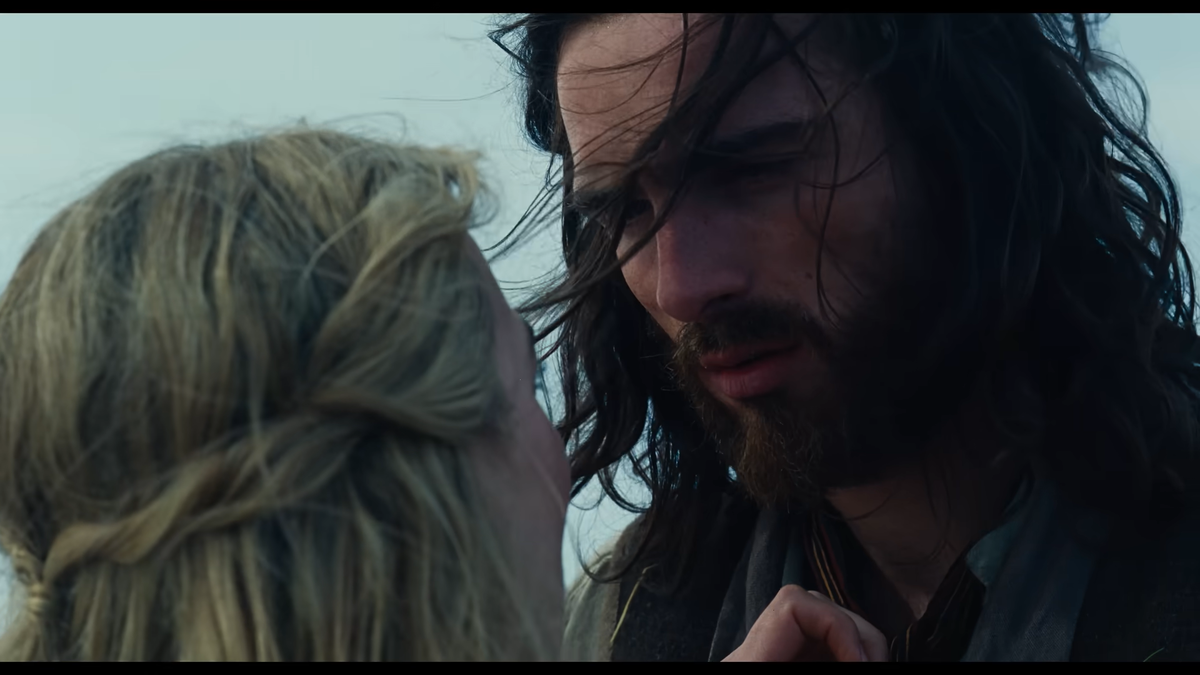The first thing that crossed my mind when I watched the official teaser of Emerald Fennell’s new Wuthering Heights film, which dropped last month, was this: what would Emily Brontë, the most secretive and retiring and, in my view, the best writer among the Brontë sisters, have thought of it?
While it opens with a lovely sweeping shot of the moors, the rest of it feels raunchier than the Victorian novelist likely intended it to be: Fingers kneading dough suggestively, sweat-dappled shots of Heathcliff’s bare torso (Jacob Elordi, of course), a corset being laced tight as if to represent suppressed desire…

Not surprisingly, the Internet — the mercurial beast that it is — has exploded with outrage at this interpretation of the beloved classic. “emily brontë come back i need you to haunt the shit out of Emerald Fennell,” tweeted one user, while others claimed that it was “aggressively provocative and tonally abrasive,” has been “flattened into the same tired pitch it has endured for nearly two centuries” and that “Heathcliff is NOT WHITE and knowing that changes everything when we think about how people treated him in the 1st part of the story…”
In short, the biggest objections to the film are the overt sexuality of the teaser, the fact that Heathcliff, who is clearly of indeterminate race in the book, is being played, yet again, by a Caucasian man and that blonde, 30-something Margot Robbie is the brown-haired Catherine, who dies in her late teens in the novel.

Catherine in her white wedding dress
| Photo Credit:
A screen grab from the trailer
And yes, let’s not forget, the problem with the costuming: in one cut of the film, Margot Robbie is wearing a white off-the-shoulder white dress and a stoic expression. As any self-respecting history aficionado (and certainly someone costuming a period film) should know, this is historically inaccurate. While Wuthering Heights came out in 1847, a decade or so after Queen Victoria ascended the throne of England, it is set between the late 18th Century and the early 19th Century, the Georgian Era. White wedding dresses became popular only after Queen Victoria’s own wedding in 1840, with brides usually just wearing their best dress, which could be of any colour, red being particularly popular.

An oil painting of Emily Bronte
| Photo Credit:
HULTON ARCHIVE
I must admit, I’m a hard-to-please viewer, especially when it comes to celluloid adaptations of books I love. But the overt sexuality of the movie, as seen in the teaser trailer, doesn’t bother me. Sure, the overall aesthetic is closer to the Harlequin novel that first acquainted me with the rather unfortunate euphemism, “throbbing manhood”, rather than Heathcliff’s poetic: “Be with me always, take any form, drive me mad! Only do not leave me in this abyss, where I cannot find you!” But then again, any piece of art is inherently polysemous, open to multiple interpretations. So, if Fennell saw it as a novel that evoked the “primal, sexual” feeling and is “packed full of S&M,” I won’t take offence.
I’d even argue that it isn’t completely unwarranted, especially if you discovered it in your teens, as most of us did. While Wuthering Heights is indeed an exquisitely structured Gothic novel that employs a double-frame narrative structure to enhance the storytelling experience with brilliantly etched characters, it takes a while, and multiple readings, to appreciate the novel’s craft. When I first read the book, in my broody, early teens, wholly sold on the idea that troublesome, forbidden men are the best sort, I must admit that I, too, felt it: that ceaseless yearning for sublime passion and love that transcended time, space and death.
‘Wuthering Heights’ had mostly negative reviews when it was first published
| Photo Credit:
Special Arrangement
Even the casting, while certainly not ideal — given that so much of who Heathcliff is and becomes hinges on his being the other (Romani, of African origin or even the son of an Indian or Arab lascar) — does not bother me that much. I do think it was a missed opportunity to add greater depth and layers to a complex character who never experiences the redemption arc so familiar in Victorian-era novels. But, from what I can gather, it appears to be a misguided attempt at colour-blind casting — Linton is being played by Shazad Latif and Nelly by Hong Chau — rather than blatant whitewashing. While I’m not personally a big fan of colour-blind casting in historical narratives like this, where identity significantly shapes a character’s experience and evolution, I am open to overlooking it.
And I’d completely ignore the brouhaha around Margot Robbie’s age, which is just a function of ageism, in my opinion. If a 40-year-old Brad Pitt could have played Achilles, who was supposed to have been in his late teens when the Trojan war began, I think this, too, is okay.

The biggest problem with this version seems to be the same as with all Hollywood versions of the classic. While the stormy, self-destructive, obsessive (and somewhat incestuous) love affair between Heathcliff and Catherine, the primary protagonists, is compelling, the silver screen reduces the story to just that, doing an immense disservice to the text and the woman behind it.
Emily Brontë, described by the poet Ted Hughes as the “wildest of the three wild (Brontë) sisters”, loved animals, was painfully shy, perpetually sick, non-conforming, and rarely ventured beyond her beloved Haworth Moors. No record exists of her having any sort of love interest, though there are some whispers that she had an unusually close relationship with her brother, Branwell, who, like many of the male characters in Wuthering Heights, abused substances and struggled with his mental health.
By 30, one year after her novel came out to fairly negative reviews from pearl-clutching Victorian reviewers, who described it as “a compound of vulgar depravity” and a book of “disgusting coarseness”, she was dead. But her novel has lived on, reincarnated in multiple cultural artefacts: films with actors like Laurence Olivier, Richard Burton, Timothy Dalton, Ralph Fiennes and Tom Hardy playing Heathcliff; in the poetry of both Ted Hughes and his long-suffering wife, Sylvia Plath, who had picnicked together in Haworth; in a 1992 musical by Bernard J Taylor; and in the record-breaking 1978 single by Kate Bush.

James Howson became the actor of colour to play Heathcliff in Wuthering Heights
| Photo Credit:
Special Arrangement
I was inspired to reread the book last week after stumbling upon the trailer, and found myself still moved by the intense passion between the two central characters of the novel. But what also struck me this time were the existential questions she raises about the world she lived in, a world being shaped by colonisation, the slave trade, continuous warfare, women coming more into their own (the writings of Mary Wollstonecraft, the mother of another exceptional Gothic novelist of the Victorian era, Mary Shelley, was one of the best-known early feminists) and the growth of the Industrial Revolution.
The genius of Wuthering Heights is that it also forces us to ponder our inherent tendency for categorical thinking and prejudice, the rigidity of social class and gender roles, the malleability of morality, the constant human battle between primitivism and civilisation and the mythology of free will: big ideas, especially given that the novel was written by a woman who, by all accounts, lived a relatively small life.

Wuthering Heights, however many times you read it, never stops being a fever dream, where landscape and people are feral, unhinged, primeval and oh-so-real, leaving you pondering the smallness of existence, the fragility of life, and the stupendous power of the human imagination. It is why I love it and return to it repeatedly, discovering something new every time.
This film version, on the other hand, from what little I could gather from the teaser (and the film may throw surprises), has whittled it down to a story of forbidden, hormone-fuelled teenage love, with mild sadomasochistic undertones: hardly original. If Emily, a quiet parson’s daughter living in Victorian England, could create a work of art so savage and enduring that she’s had a large part of the Internet still defending it, nearly two hundred years later, I can’t help feeling disappointed that Fennell, an innovative director who is notorious for taking risks and experimenting with complex, provocative themes, seems to have settled for so little.



